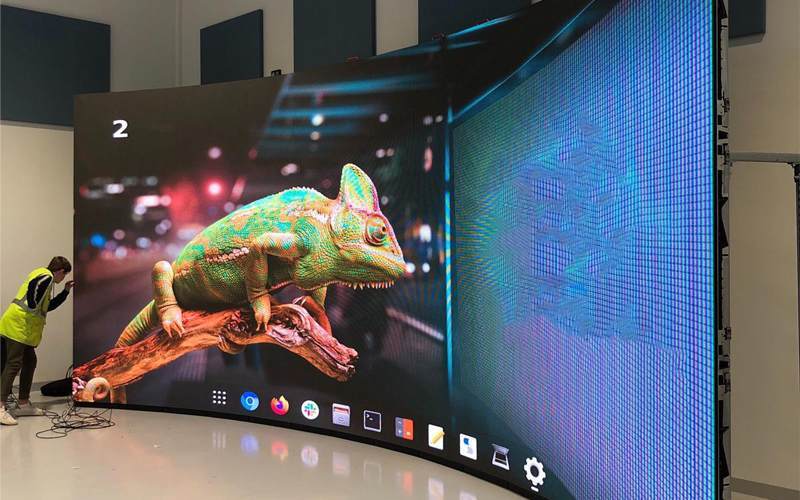Perfecting Hue Accuracy in Light Emitting Diode Wall Adjustment for Breathtaking Visual Presentations
Perfecting Hue Accuracy in Light Emitting Diode Wall Adjustment for Breathtaking Visual Presentations
Blog Article
Hue precision is crucial for creating stunning visual displays, particularly when using LED screens. These massive displays are frequently found in locations like music venues, sports arenas, and advertising billboards. When the colors on an LED wall are not accurate, the images can look dull or distorted, which can affect the overall impression for audiences. Therefore, perfecting color precision in LED screen tuning is vital for attaining vibrant and realistic visuals.
The initial step in guaranteeing color precision is comprehending how LED systems works. LEDs, or light-producing diodes, generate light in multiple colors by combining red, green, and blue (RGB) light. Each dot on an LED wall is made up of these three colors. When tuned correctly, the combination of RGB can create a broad range of colors. However, if one hue is too intense or too dim, it can throw off the entire screen. This is why calibration is necessary to balance the colors and achieve the desired visual result.
Calibration entails modifying the settings of the LED screen to make sure that the colors shown match the original material as closely as possible. This procedure typically involves using specialized software and hardware tools. Technicians frequently use color measurement devices, such as color meters, to examine the colors being shown. By comparing the assessed colors to standard color standards, they can make exact adjustments. This ensures that the hues are not only vibrant but also uniform across the whole screen.
Another crucial aspect of color accuracy is understanding the environment in which the LED screen is used. Elements such as surrounding light can significantly affect how colors look. For example, a well-lit lit room may fade colors, making them look less lively. To counteract this, technicians may modify the luminosity and differentiation settings of the LED wall. Additionally, they may select specific color profiles that are more suited for various lighting environments. This flexibility helps preserve color accuracy irrespective of the viewing surroundings.
Finally, regular upkeep and re-tuning are essential for keeping an LED screen looking its finest. Over time, the performance of LEDs can change due to elements like degradation and temperature fluctuations. Regular inspections and adjustments check can help guarantee that the hues stay accurate and lively. By committing time in proper calibration and upkeep, venues can offer audiences with breathtaking graphic displays that enhance their total experience. Perfecting color accuracy in LED wall tuning is not just a technical task; it is an expertise that adds to the magic of graphic narration.